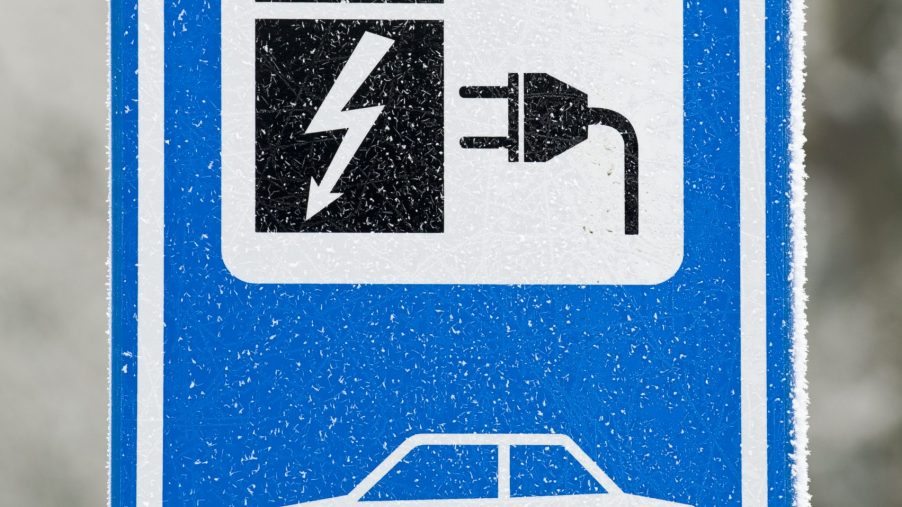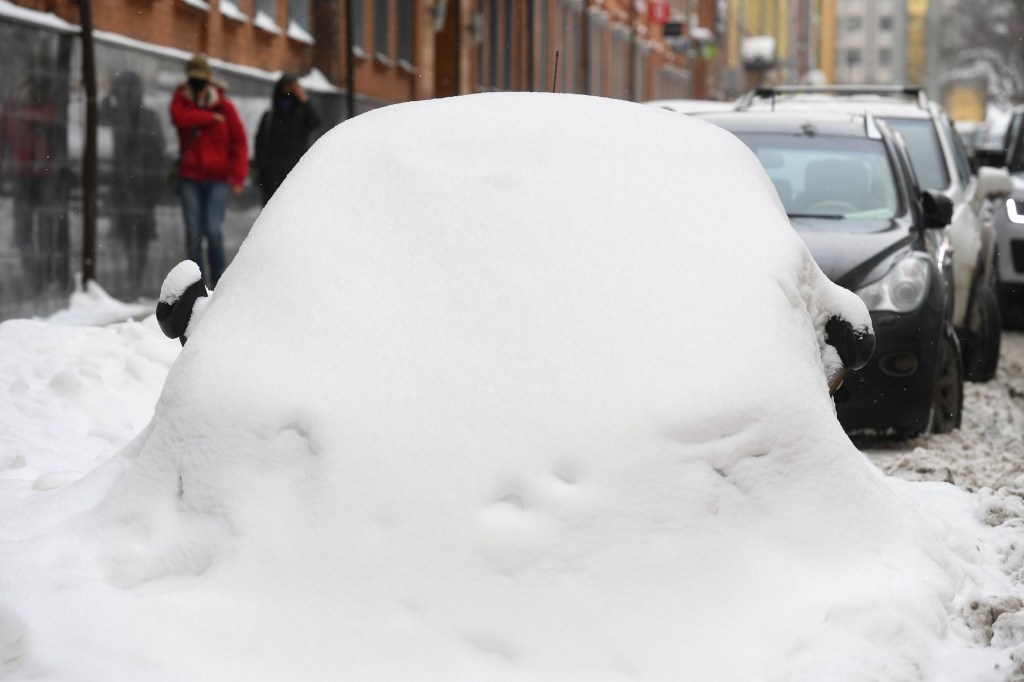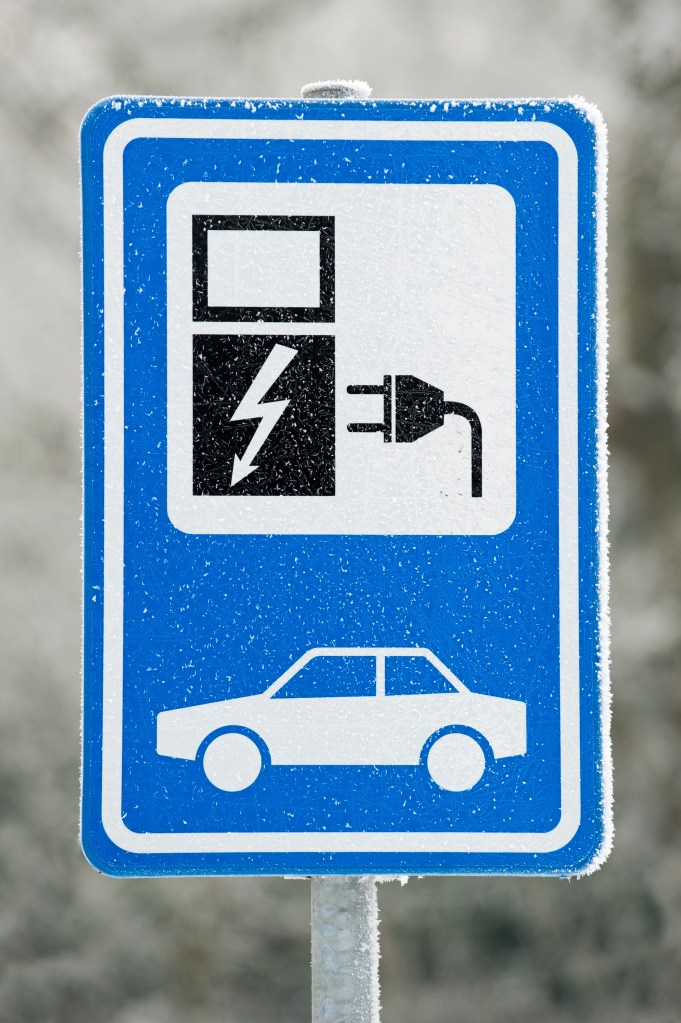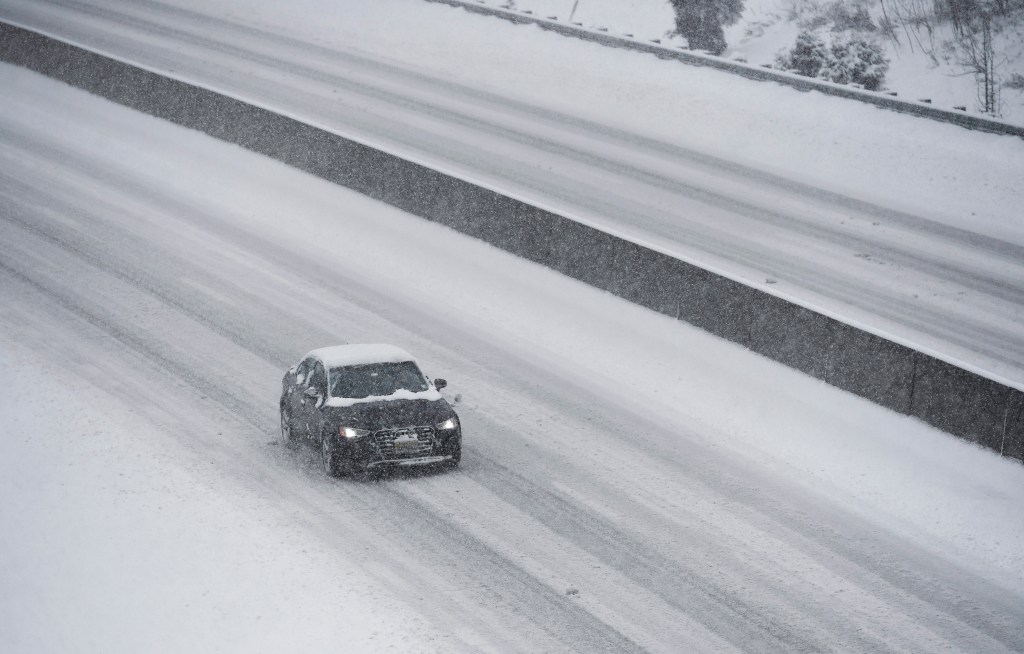
Here’s How to Get the Best Range From Your Electric Car This Winter
It’s that wonderful time of year. And with so many special occasions right around the corner, that holiday cheer is good for the soul. Unfortunately, the cold months aren’t good for your car, whether it’s gasoline or not. But as America slowly transitions to electric cars, these are some tips for getting the best range in the winter.

Why does electric car range drop in the winter?
Simply put, electric cars need to warm up just like gasoline cars do, though not in the same way. If you want your winter drives to be bearable, chances are you’ll want to heat up the interior. That takes a fair amount of time and a significant amount of your electric car’s energy.
But in general, lithium-ion batteries don’t perform as well in the cold. According to Geotab, an electric car’s real-world estimated range drops by about 20% when temperatures hit freezing. And if you live somewhere ridiculously cold, where the temperatures can hit zero, you’re looking at a battery with only 50% capacity.
No matter what you do, your electric car is going to experience a lower range in the cold, winter months. But these tactics are going to help save a few miles.
Plug in your electric car as often as possible

Even if you know you have enough range to get to run your errands, let your electric car charge while your out and about. Not only does this help keep the battery warm, since current is flowing through it, but it keeps the battery out of the danger zone. In the winter, you never want the battery to drop to lower than 20%. Otherwise, you risk permanent damage to the battery.
One thing to note: the rate of charge will always be slower in colder conditions. It doesn’t matter whether you’re using a Level 1 wall outlet or a DC Fast Charger, it’s just physics. Batteries can’t take in as much current when the temperatures are low, so plan your charging accordingly.
You should also be sure to “precondition” your car. This essentially means letting the electric car know when it needs to be done charging/when you’re about to head out. Many electric cars offer apps that can help manage this, allowing you to set departure times so that the car heats up before you hop in.
Don’t use the heater, just wear heavier clothes

This principle applies to both gasoline and electric cars. Bu using the heater, you’re taking heat away from the engine or battery, which it needs to properly operate. In the case of a gasoline engine, the heat warms up the oil, allowing for efficient operation and proper lubrication. That’s why you should always allow the engine to reach operating temperatures.
Meanwhile, in an electric car, using the heater will suck a lot of power from the battery to keep the car warm, reducing range. If you can wear a jacket and set the heater to low, do that instead.
Or, you could avoid the problem altogether and buy an electric car with a heat pump, such as the Audi E-Tron. Rather than an electric heater, a heat pump absorbs what little heat there is in the atmosphere and condenses it inside the car. This means the battery doesn’t have to work as hard to keep the car warm.
Manage your driving, and consider buying winter tires

Driving fast in snowy or icy conditions is dangerous as is. But if you’re driving an electric car, the faster you go, the more power the battery has to use. Consider limiting your speed, regardless of road conditions, to make sure you’re not overworking your electric car.
Depending on where you live, you should also consider buying snow tires. Not only do they help keep your car controllable in slick snow, but they’ll increase the car’s efficiency in that terrain. So if you live somewhere snowy, they’ll help keep your electric car (or gas car) drivable and economical.
Lastly, if at all possible, keep your car inside. The best way to ensure your electric car doesn’t get too cold is to store it in a garage. Granted, that isn’t possible for everyone, but if it is you should always park your car indoors. Regardless, use these simple strategies to keep your electric car warm this winter. And in return, you’ll get decent mileage from your trusty, electric steed.


